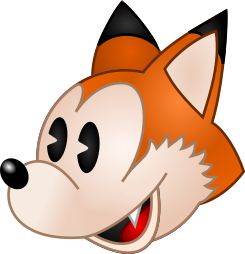Disney comics in the Netherlands
I grew up reading Dutch Disney comics, and I still pick up seasonal collections every year. It was sometimes a bit of a culture shock to me, since the stories were made very very Dutch. And even though as someone from the South I speak the same language, the cultural differences were noticeable to my younger self. Let's hope my perspective as half an insider and half an outsider can help me unravel some of the interesting pecularities of these comics for you.
Choice of stories
The flagship publication, the Donald Duck Weekly, adheres in both style and characterization to a specific interpretation of the Barksian canon. Some popular artists, like Don Rosa, were relegated to a side publication because his style and writing did not fit in this vision. Stories from other countries, that depart even more from this vision, tend to get published in Pocket format, if they get published at all.
Some characters tend to never appear in the Weekly either. Ludwig Von Drake, even though he was co-created by Walt Disney himself, has generally been barred from the Weekly after the 1960s. Re-published comics tend to replace him with either Donald or Gyro. Fethry Duck shares the same fate. Artists working for the Dutch publication generally aren't allowed to use them either.
Contrasting this rather conservative approach to the Duck universe is their selection of other Disney franchises. Beyond the usual suspects of Mickey Mouse, Goofy, and Chip & Dale, some strong (and maybe surprising) staples are the Big Bad Wolf, Madam Mim, Bucky Bug and Donald's Caballero friends.
In 2023, ignoring an issue with American productions for Disney 100, we've also seen new comics about Humphrey Bear, Jungle Book, the Little Mermaid, Robin Hood, the Great Mouse Detective, Scamp, Aladdin, Pinocchio, Pumbaa & Timon, Peter Pan, Bambi, and the Tortoise & the Hare. All in their very consistent style, most of them specifically produced for the Netherlands. Most of these are the same selection I remember from my own youth, though the stories featuring Humphrey Bear seem to be a more recent addition to the selection.
Local traditions

In the Dutch Weekly, Donald Duck is implicitly a Dutch citizen (though it can vary depending on the story). He's steeped in Dutch culture, and this is also the case for characters who don't have specific countries strongly associated with them.
A good example is the popular Dutch children's holiday Sinterklaas, the feast of Saint Nicholas, though it also refers to Saint Nicholas himself. The comic characters celebrate this feast. We see this for example in a Sinterklaas-themed Big Bad Wolf story from the 1980s.
Other characters that are shown to celebrate the feast of Saint Nicholas are Jaq & Gus, Br'er Bear (in his very snowy Dutch house), Dumbo, and even Bucky Bug (despite the logistic issues).
Crossovers
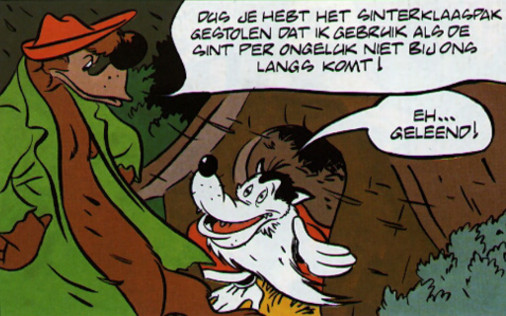
Let's circle back to the Big Bad Wolf comic from earlier. This later panel shows something peculiar to people unfamiliar with the comics. What's Br'er Bear from Song of the South doing there?
In the Dutch comics, Br'er Bear and Br'er Fox are inhabitants of the same forest as the Big Bad Wolf (building on late American comics). Which is, to be specific, certainly not a forest in the Southern United States. Together with Br'er Weasel and Br'er Buzzard, who are more Uncle Remus characters who first got adapted in American newspaper comics based on Song of the South, they form the Foul Fellows' Club. Additionally, these characters also starred in separate Br'er Rabbit stories, without the Big Bad Wolf and the three Piglets, of course.
Given the controversy surrounding the movie, you might be surprised to learn that in the Dutch Donald Duck weekly, they only got phased out in 2020 (while still appearing on the website)! And the comic-exclusive Uncle Remus adaptations still appear as members of the Foul Fellow's Club. A likely explanation is that, with the relative obscurity of the film, they were experienced as comic characters first and foremost, largely separated from their controversial origins.
Another common crossover I recall is Madam Mim and Witch Hazel, sometimes with Magica De Spell thrown in the mix.
New characters
While the Weekly stays quite faithful to its Barksian inspiration when it comes to Donald Duck comics, some new developments are of course inevitable. Most notable is Duckies, a 90s expansion of the world surrounding Donald's Nephews and Daisy's nieces.
Duckies and new classmates
While Huey, Dewey, and Louie stay unchanged, April, May and June underwent quite radical make-overs (by Mau Heymans) to help them stand out more (and possibly appeal more to young girls). Their make-over was explained in a comic, where they mistakenly used indestructible varnish as hairspray.
They go to school together, with a teacher and diverse set of schoolmates designed by Argentinian artist Daniel Branca specifically for the Weekly. Herbert, a character from early Barks stories, also returns as a classmate. A more recent addition is Rick, a sporty classmate in a wheelchair who debuted in 2016.

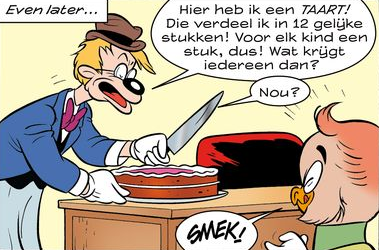
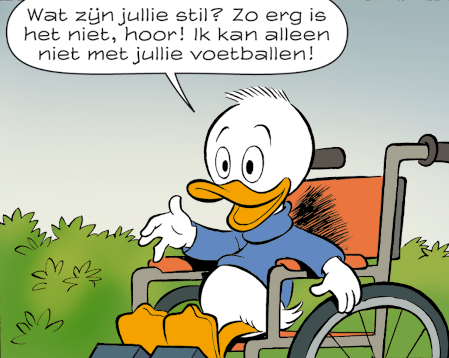
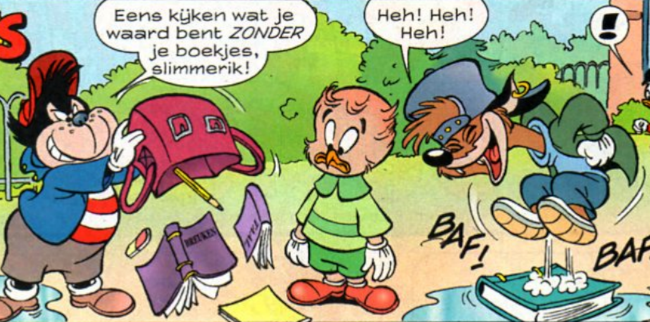
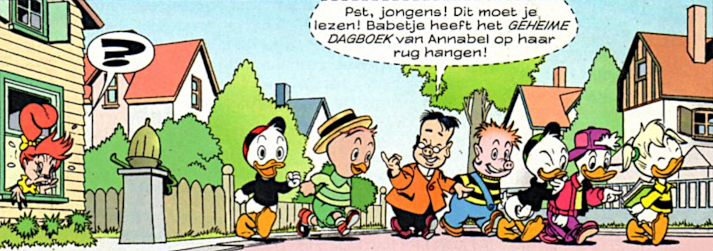
New neighbors
In 2024, for the 90th anniversary of the Dutch weekly, a competition was launched for a new neighbor, where readers could send in their drawings. As with the Duckies example above, this sort of rather suburban theme is very popular in the Netherlands. Of the (to date) 1036 story appearances of Donald's Barksian neighbor Jones, 573 of them were stories made in the Netherlands and 848 of them were published in the Netherlands.
Of the 7500 submissions, five were selected and worked out into official designs, on which readers could then vote:

Ultimately, Eva & Lex Hamerslag, designed by the nine year old Eva Hulsman, won. I do hope that she was shielded from the bigoted backlash that followed, though.
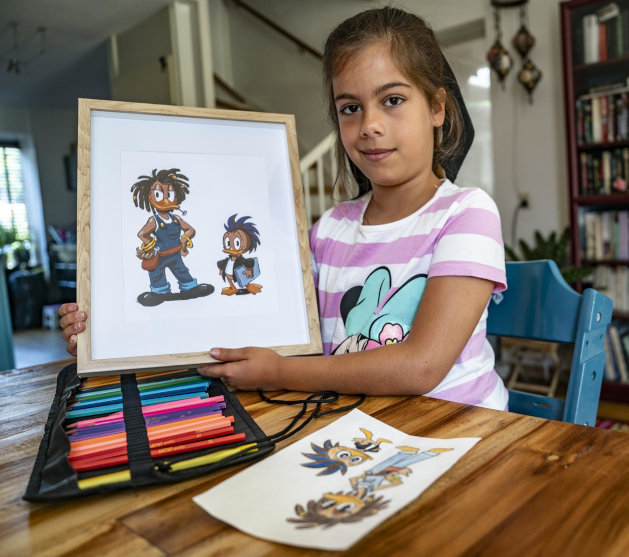
Personally, I gotta say that Ko Flamingo looked really rad as well! All the finalists have made some background appearances since then which is really nice.
